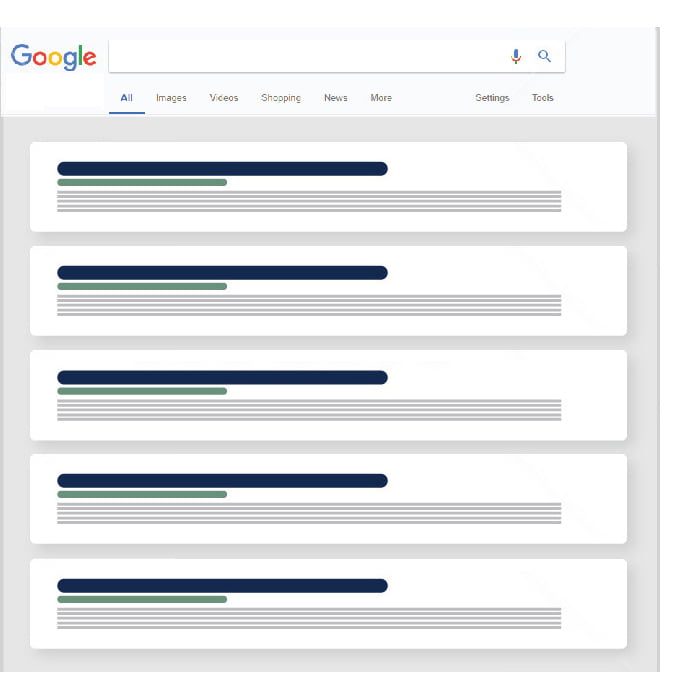In recent years, internet usage has grown and permanently changed the way of doing business. This has made having an online presence a standard requirement for any brand that wants to succeed digitally. Brands need to consider elements like website design and blog content.
Brands and consumers spend a lot of time online, so that’s where companies need to be. The good news is that Digital Marketing is a cost-efficient and powerful tool. It can help businesses adapt to customer behaviour and consumer demands.
Now more than ever, business owners have many digital options for connecting with their audience—skipping traditional marketing methods. This has enabled multi-directional communication that allows customers to discuss their needs and wants with the company.
So, how do you develop and leverage a digital marketing strategy to boost your business? Here’s how.
1. Set Your Goal
Decide what you want to achieve. Maybe you’re looking for more brand awareness and recognition. You could be aiming for more email subscribers or leads.
No matter the goal you want your digital marketing campaigns to accomplish, you need to name it. Take a moment to reflect on your goals and establish them with clarity.
2. Identify Your Customer Base
The success of a marketing strategy relies heavily on a business owner’s understanding of their customer base. Your target audience is the key ingredient. This helps you figure out what marketing strategy to use.
Ask yourself whether or not your customer base can generate leads and conversions. If you can narrow down your target audience, you’ll produce better results by removing prospects that aren’t ideal.
To define your customer base, you’ll need to analyze their profiles. Start by observing their response and purchase behaviour. You should also define customer channel preferences and evaluate customer cycles.
It’s also crucial to figure out where you can find potential customers. Learning their behaviours and preferences can help you pinpoint where they hang out. After discovering this, make sure you always show up in those areas.
3. Provide Valuable Content
Digital marketing isn’t all about selling products and services. If you only push sales all the time, your audience might get bored and leave. The way to keep their attention is to publish relevant, helpful content.
The key reason businesses do marketing is to create a positive brand reputation and build trust with their potential market. Once you have a massive following of prospective customers who trust your brand, sales will follow.
But how do you build trust with your followers? One of the best ways to do that is to provide value for your audience. You can provide value by offering tips that solve problems or educate about your industry’s latest advancements.
4. Go Social
Social media has increasingly become a somewhat effective tool businesses use for marketing. More than 90% of young adults are likely to follow and engage with a brand on social media.
As mentioned, to get the most benefits from your Social Media Marketing actions, decide on the network to focus most of your efforts. Depending on your business, different platforms appeal to different audiences.
Instagram and TikTok, for example, are visual and appeal most to the younger generation.
Also, take the time to study your competitor’s social media marketing efforts. Figure out what appeals most to their audience. Make an informed decision on your brand’s main social media platform for best results.
5. Focus on Blogging
Blogging is one great digital marketing strategy that involves producing quality content for a site. This strategy aims to bring more traffic to your website and reinforce your social media presence. It can also rank your keywords and search phrases.
You can make your blog content more visible on search engines by using an attractive Website Design and regularly updating your posts. A site that attracts lots of visitors is a great platform for marketing campaigns.
You might first want to find a branded domain name before building a user-friendly site. When prospects visit your website, they’re going to decide (in a split second) whether or not the site is helpful. That’s your brand’s first impression.
If the website gives them trouble navigating through or finding the information they need, they’ll usually leave. You want your web design to be very responsive to the visitor. This is so they can navigate easily with minimal scrolling on different devices.
6. Consider Paid Digital Advertising
How profitable is it to allocate a marketing budget to your digital advertising? Ads such as pay-per-click (PPC) can be tricky and tedious. But with an expert’s help, the returns can outweigh the risks.
PPC advertising is typically cheaper than many forms of advertising. Plus, the cost is calculated in smaller units, which means you have more power over how much to invest. Some of the benefits include a highly targeted audience, higher online visibility, and ROI that’s maximized to your efforts.
7. Consider SEO in Your Website Design
With the continuous changes in consumer behaviour, brands cannot rely solely on paid searches to drive traffic. Based on your industry, you might need organic traffic to sustain your business (this works for low budget). Search engine optimization (SEO) can help you with that.
SEO is a critical element of any online small business marketing strategy. From meta descriptions to title tags and structured data, ensuring your Website Design includes the right on-page content and search terms remains key to engaging your audience.
After all, if customers can’t find you, then they won’t engage with you.
If you’re a local business, then you may want to do local SEO. This marketing technique focuses on pulling local customers to your brand at the exact time they’re looking for the product or service you provide.
Remember, most search engines consider user-location before showing any search results. Local SEO strategies help ensure that your website or business listing shows up when a user performs a Google search.
What’s Your Digital Marketing Strategy?
The digital world continues to change and companies that don’t adapt run the risk of falling behind. While brands know how important digital channels are, only a fraction have an integrated plan to engage their audiences effectively.
This post covers practical ways that businesses can develop and leverage digital marketing to grow.
If you need help creating a digital marketing strategy that helps move your business forward, don’t hesitate to contact us today.






